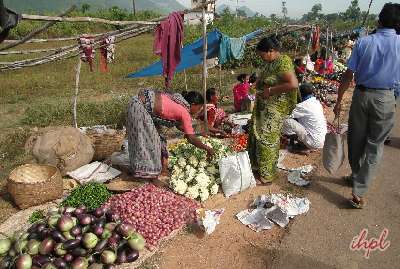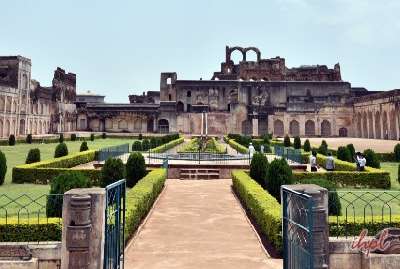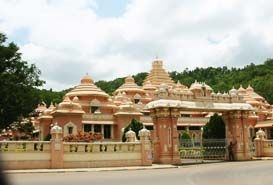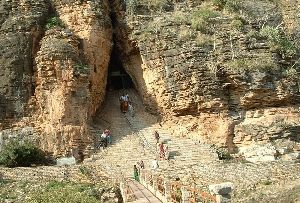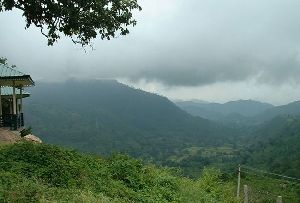Tappeta Gullu is a kind of Folk Dance that derives it origin from the folk cultures in India. These cultures made their impact especially after the 19th century when they seeped into the country and swayed it with its melodious rhythms. It came from the west and gradually made a place for itself in the theaters, folk dances, ballads and dance drama. One such form of dance is Tappeta Gullu. Tappeta Gullu is often regarded as a ritualistic performance. This is due to its religious inclination. It was previously performed by the shepherds to appease the Rain God known as Gangamma. Afterwards it emerged as a special form of dance drama, with a touch of religiosity. It had been popular amongst the Yadavas but later found its way into the ordinary circle.
In marriage ceremonies the Tappeta Gullu dance became a common choice. Even today this dance is preferred to the rest especially amongst the Yadava Community from where it had originated. The Gangamma Festival begins on the day Bhisma Ekadasi and engages the entire village during that occasion. In this occasion the Tappeta Gullu creates magic.
In the dance the ritualistic Ghatam is carried by a man who moves around the village with a procession following him. The performers of the Tappeta Gullu perform the dance in praise of the Goddess Gangamma. During the Dasavatara Festival the Tapetta Gullu Dance is also performed and Lord Vishnu is venerated during this occasion. The dancers play a drum, that hangs round their neck and 15-30 dancers makes a powerful impact on the minds and hearts of the audience. The themes of the Tappeta Gullu are generally taken from the Bhagavata Gita or Ramayana.
Check out our packages: Kakinada tour packages, Andhra Pradesh tour packages, Tirupati tour packages, Puttaparthi tour packages, Vijayawada tour packages.




